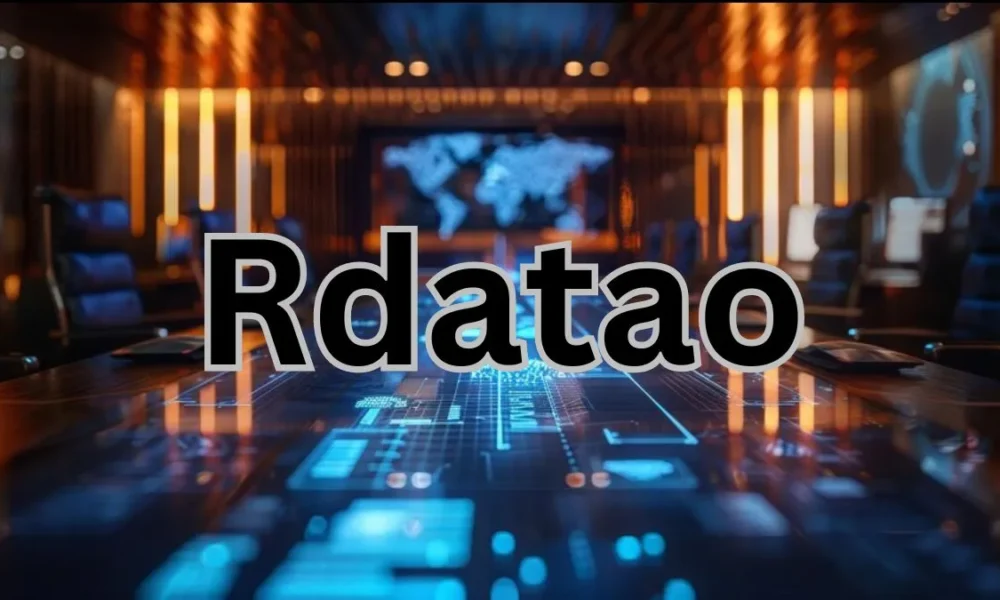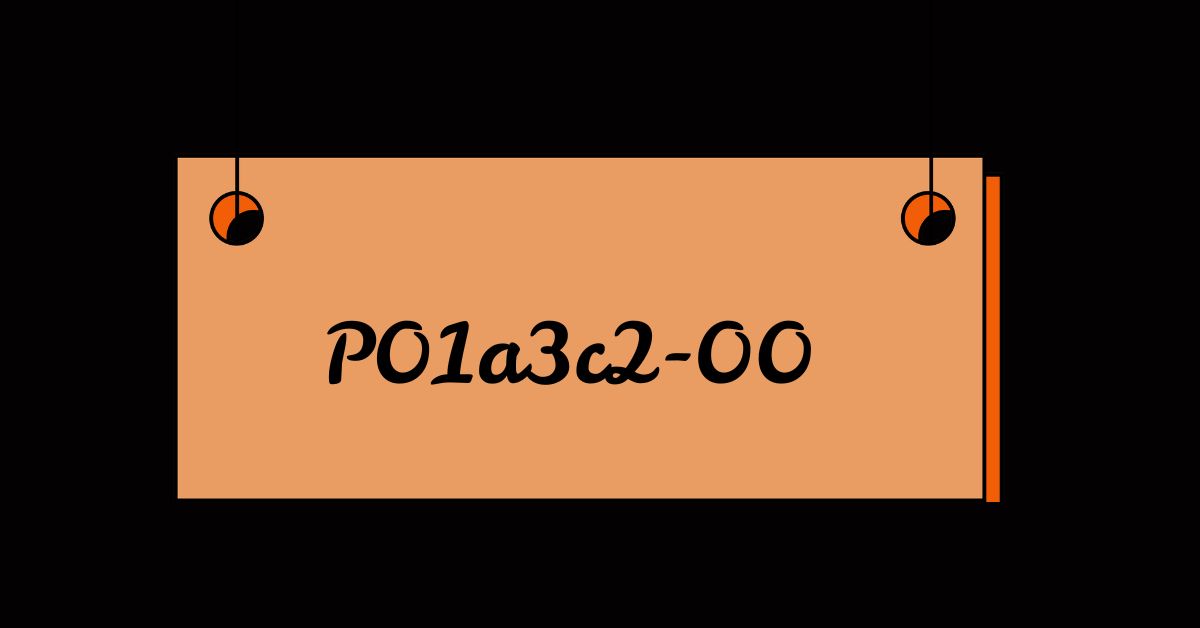The core area of data science known as Rdatao, which stands for “Data Analysis and Optimization,” is concerned with the effective collection, processing, analysis, and utilization of data. To aid enterprises in making informed decisions, driving business strategies, and fostering innovations in today’s data-driven environment, Rdatao is indispensable.
Data Collection
Data gathering is the initial and most important step in Rdatao’s methodology. Databases, application programming interfaces, sensors, and other sources can all contribute data. To lay the groundwork for intelligent analysis, it is necessary to collect data in an efficient manner so that it is complete and accurate.
Data Preprocessing
Data preparation is commonly necessary for cleaning and organizing collected data. At this point, we standardize formats, deal with missing data, and eliminate outliers. For subsequent analyses to be accurate and reliable, proper preprocessing is essential.
Data Analysis
In order to derive useful insights from processed data, data analysis makes use of statistical methods and machine learning algorithms. In this stage, we look for trends, patterns, correlations, and outliers to help with future planning and decision-making.
Data Visualization
The practice of data visualization involves creating and displaying data visually, often via the use of graphs, charts, and dashboards. Making sense of large data sets, seeing patterns, and conveying insights to stakeholders are all aided by good visualization.
Programming Languages in Rdatao
Rdatao relies heavily on languages like Python and R because of the extensive libraries and active communities surrounding these languages. To conduct comprehensive data analysis, they make it easier to apply complicated algorithms and statistical methods.
Machine Learning Frameworks
Machine learning model development and deployment toolsets must include frameworks like Scikit-learn, TensorFlow, and PyTorch. The efficiency and precision of data-driven decisions are improved by these frameworks, which automate predictive analytics operations.
Data Visualization Platforms
Popular platforms for making dynamic and informative visualizations include matplotlib, Power BI, and Tableau. Driven by strategic ambitions and corporate growth, these technologies simplify complex data into meaningful insights.
Cloud Computing Services
Scalable storage and computing resources are available through the cloud services offered by AWS, GCP, and Azure. With their help, businesses may reduce infrastructure expenses while processing and analyzing massive amounts of data more quickly.
Applications of Rdatao in Healthcare
Through the analysis of patient data, Rdatao bolsters individualized medicine in healthcare, leading to better treatment outcomes. Finding trends in massive datasets, speeding up drug discovery, and improving healthcare delivery are all ways it helps medical research.
Applications of Rdatao in Finance
Risk management, algorithmic trading, and fraud detection are some of the financial sector applications of Rdatao. Financial institutions can improve performance and reduce risk by making data-driven choices based on market data and client transactions.
Applications of Rdatao in Retail
Using Rdatao, stores may improve inventory management, forecast customer behavior, and create more targeted marketing campaigns. Businesses can enhance consumer happiness by researching purchasing habits and preferences and offering tailored promotions.
Ethical Considerations in Rdatao
Rdatao places a premium on ethical principles. Addressing biases in data management and maintaining data privacy and security are part of this. Ethical methods guarantee the honest and respectful use of data and cultivate trust among stakeholders.
Future Trends in Rdatao
Rdatao has a bright future ahead of it thanks to the revolutionary potential of the Internet of Things (IoT), artificial intelligence (AI), and deep learning. Several sectors will experience innovation thanks to these digital advancements, which will pave the way for real-time insights and predictive analytics.
Conclusion
Organizations can get a competitive edge and make better strategic decisions with the help of data in the ever-changing realm of Rdatao. To succeed in today’s linked and data-rich world, professionals must master Rdatao and its principles and tools. Those that are good at optimizing and analyzing data will have a lot of opportunities in the future.
FAQs
What is Rdatao and why is it important?
Ratio Analysis and Optimization is abbreviated as Rdatao. By utilizing data insights, it enables firms to make well-informed judgments, propel plans, and cultivate innovation.
How does data preprocessing improve data quality?
Cleaning, converting, and organizing raw data increases data quality, making it accurate, complete, and ready for analysis.
What are the key tools for data visualization?
Tableau, Power BI, and matplotlib are critical data visualization tools. These technologies enable interactive and meaningful data visualizations.
How does cloud computing enhance data processing?
Scalable computing and storage resources in cloud computing enable effective handling of massive data volumes and reduce infrastructure costs.
What ethical considerations are crucial in Rdatao?
Data privacy, security, and bias reduction are crucial ethical issues in Rdatao to build trust and transparency.







